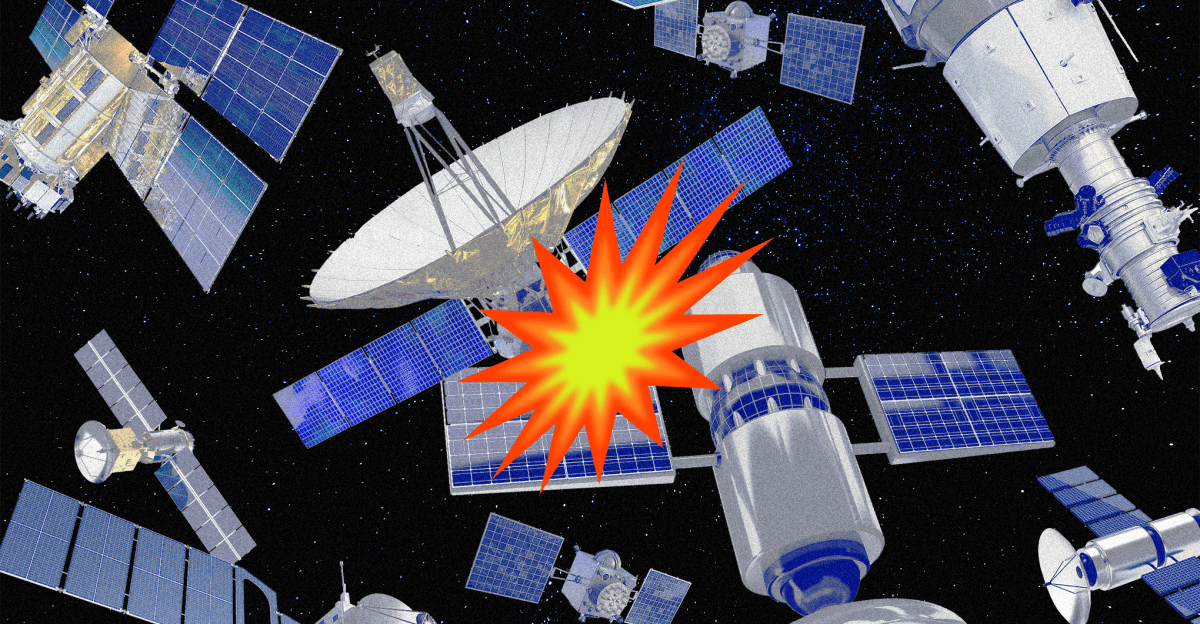Amazon’s recent launch of its Project Kuiper satellites marks another step in the growing competition among companies like SpaceX and OneWeb to deploy satellite mega constellations. With thousands of satellites planned by various entities, including Chinese projects such as Guowang and Qianfan, the risk of orbital overcrowding is escalating. According to the European Space Agency (ESA), over 2,500 objects were launched into low-Earth orbit in 2024, contributing to a potential 50,000 objects larger than 10cm by 2050. This congestion increases the likelihood of collisions, which could lead to catastrophic debris creation known as Kessler syndrome. Experts stress the need for comprehensive rules to manage orbital traffic, but global cooperation remains elusive. While functioning satellites are monitored, untracked debris poses significant risks. The absence of clear legal frameworks for collision avoidance exacerbates the issue, as highlighted by a near miss between a Starlink and an ESA satellite in 2019. Addressing this requires international collaboration, though current treaties, like the 1967 Outer Space Treaty, lack provisions for private operations.
— new from The Verge
